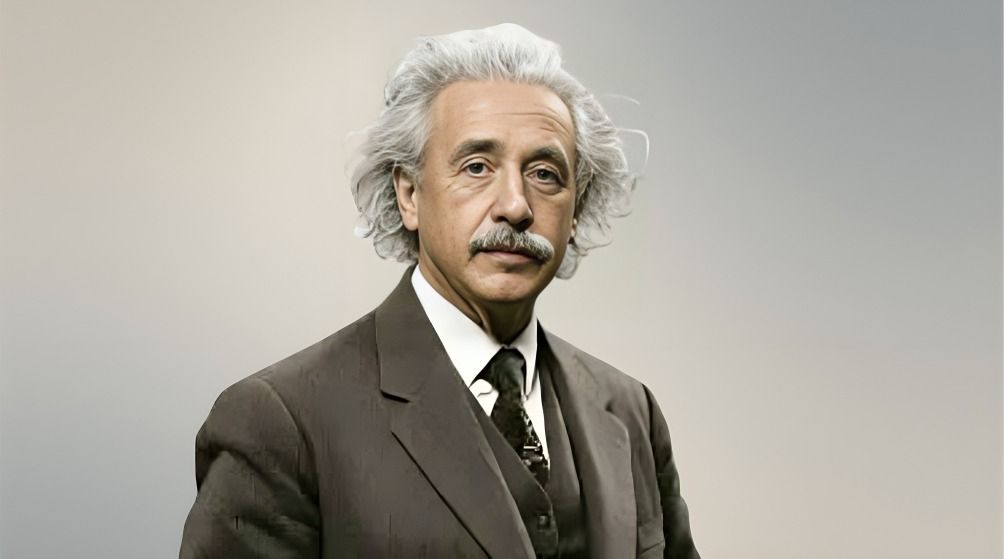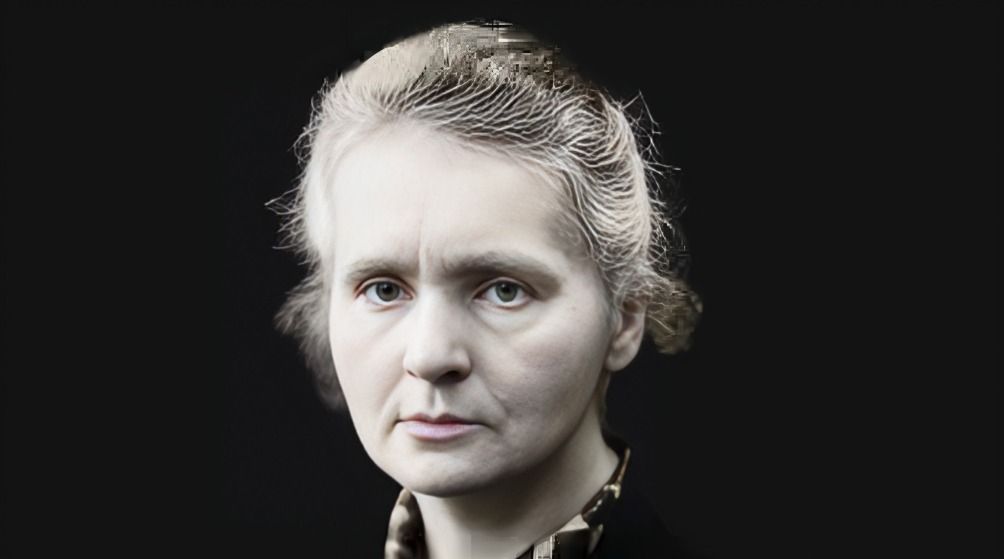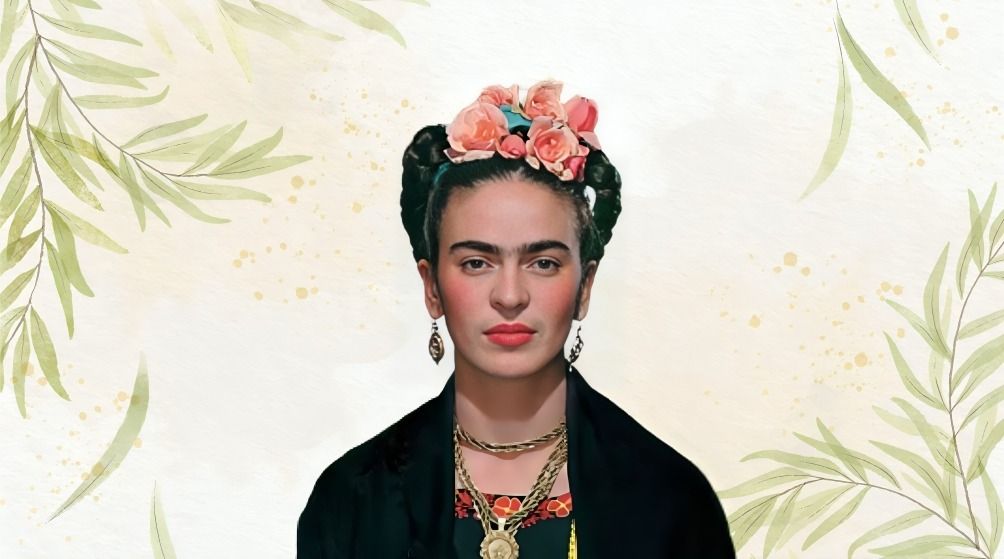
“
Frida Kahlo, one of the most iconic artists of the 20th century, is celebrated for her vivid self-portraits and unapologetic exploration of identity, pain, and passion. Her art reflects her tumultuous life, including her resilience in the face of physical challenges and her defiant political stance. A trailblazer who broke artistic and cultural boundaries, Frida’s legacy continues to inspire millions worldwide. In this blog, we delve into 20 captivating facts about Frida Kahlo that reveal the complexities of her life, art, and enduring influence. Prepare to be amazed by the story of this extraordinary woman and her timeless work.1
1
”
Frida Kahlo was born on July 6, 1907, in Coyoacán, Mexico City, though she later claimed to be born in 1910, aligning her birth year with the start of the Mexican Revolution. 1
Frida contracted polio when she was six years old, which left her with a noticeable limp. Despite her disability, she was determined to lead an active life, participating in various sports and activities. 2
At the age of 18, Frida was in a severe bus accident, which caused multiple fractures and injuries, including a broken spine and pelvis. She endured years of surgeries and pain following the accident. 3
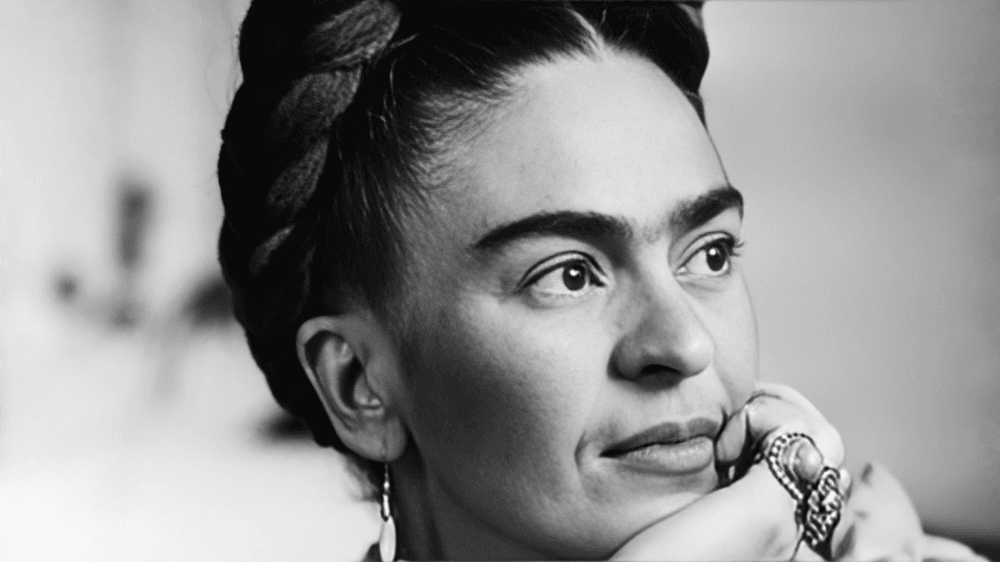
Kahlo’s signature unibrow and mustache became key symbols of her identity, embracing these natural features as a form of self-expression that challenged traditional beauty standards and gender norms of the time.
Frida’s artwork was heavily influenced by Mexican folk art, incorporating its bright colors, symbolism, and indigenous motifs. Her use of traditional Mexican styles helped preserve and celebrate her cultural heritage. 4
Frida Kahlo is famous for painting over 55 self-portraits, each exploring deep themes of pain, identity, and emotional turmoil. These portraits often reflected her personal struggles and complex relationship with herself. 5
Kahlo’s art was deeply personal and often depicted her suffering from both physical pain and emotional distress. She portrayed her injuries, miscarriages, and dreams, using symbolism to convey her internal world. 6
She was married to Mexican muralist Diego Rivera twice, and their relationship was marked by passion, betrayal, and artistic collaboration. Their marriage was both tumultuous and creatively fruitful, with mutual respect for each other’s talents. 7
Frida had a brief affair with Leon Trotsky, the Russian revolutionary. After Rivera invited Trotsky to live in their home in Mexico, Kahlo and Trotsky began a short-lived romance that reflected her political interests. 8
Frida Kahlo was known for her bold and colorful wardrobe, which she used to express her pride in Mexican culture. She wore traditional Tehuana dresses, intricate jewelry, and floral headpieces, embodying her cultural identity. 9
Frida’s paintings often included surrealist elements, though she rejected the label of surrealist. She claimed to paint her own reality, describing how she expressed her internal world through vivid and symbolic imagery. 10
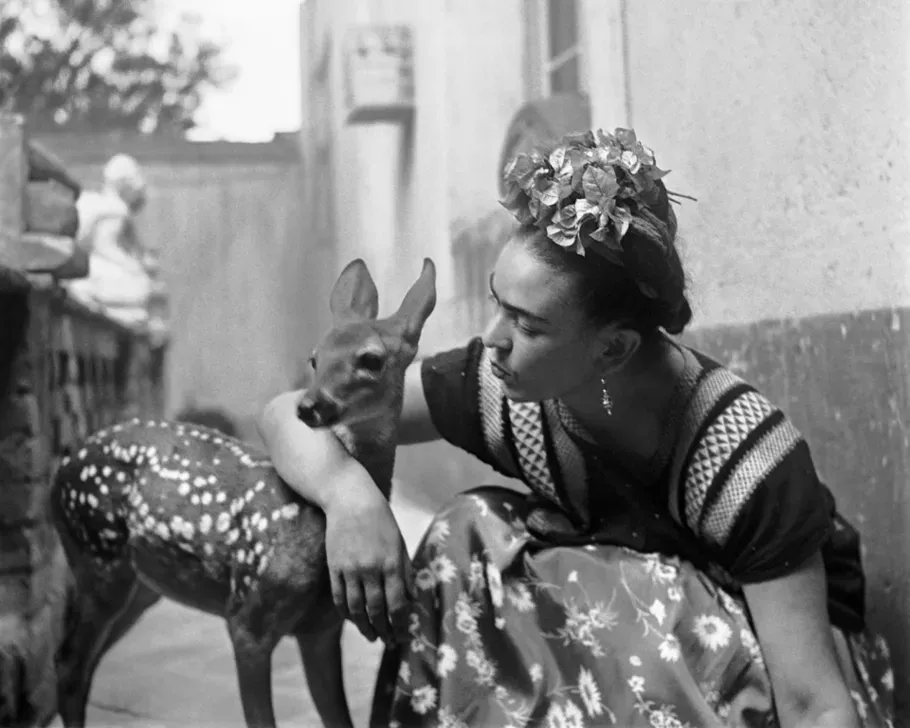
Kahlo had a deep love for animals, and she shared her home with various pets, including monkeys, parrots, dogs, and even a deer. Animals frequently appeared in her artwork, reflecting her affection for them.
Frida was an advocate for Mexico’s indigenous cultures, often celebrating and incorporating native symbols, practices, and attire into her personal and artistic life. She embraced her heritage through her work and lifestyle. 11
Frida’s art was relatively unknown during her lifetime, and it wasn’t until the feminist movement in the 1970s that her works received widespread recognition. Her paintings have since become icons of strength and resilience. 12
Kahlo experienced multiple miscarriages, which deeply impacted her emotionally and artistically. One of her most famous works, "Henry Ford Hospital," directly reflects her grief over a miscarriage, using powerful, surreal imagery. 13
Frida Kahlo had a profound connection to Mexican heritage, and her art often featured symbols like skulls, vibrant flowers, and vivid colors, celebrating both life and death in a uniquely Mexican way. 14
Despite her fragile health, Frida painted with remarkable precision and detail, even though her chronic pain often made it difficult to work. Painting became a form of therapy, helping her cope with her injuries. 15
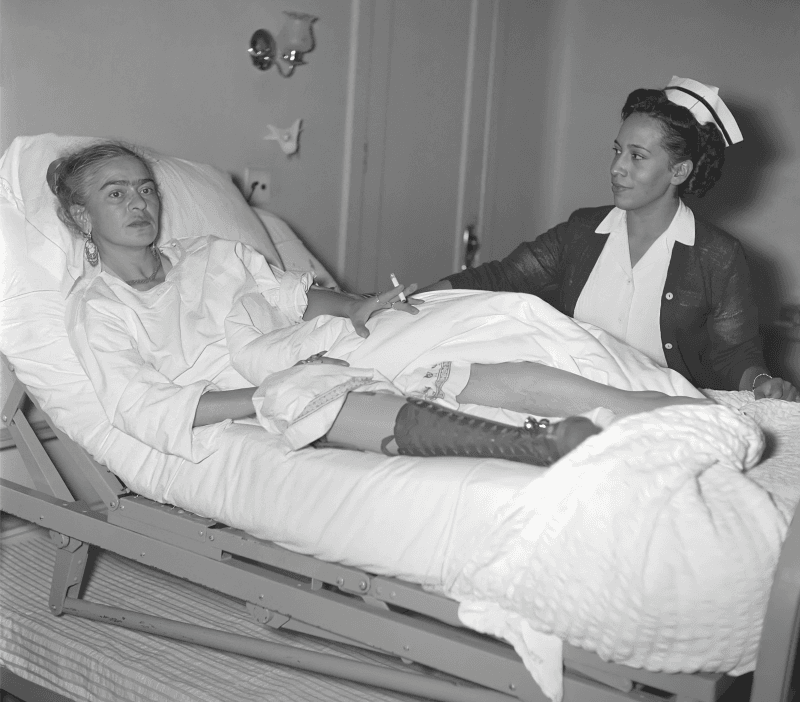
Throughout her life, Frida Kahlo faced health issues, including the aftermath of the bus accident and several surgeries. Her resilience and determination to keep painting despite her physical limitations made her a symbol of strength.
Frida’s work explored themes of gender, identity, and post-colonialism, often challenging societal norms. Her art resonates with feminist movements and continues to inspire discussions about gender roles and cultural heritage today. 16
Frida Kahlo passed away on July 13, 1954, at 47, but her influence endures. Her legacy as an artist, activist, and symbol of strength continues to inspire people around the world today. 17

